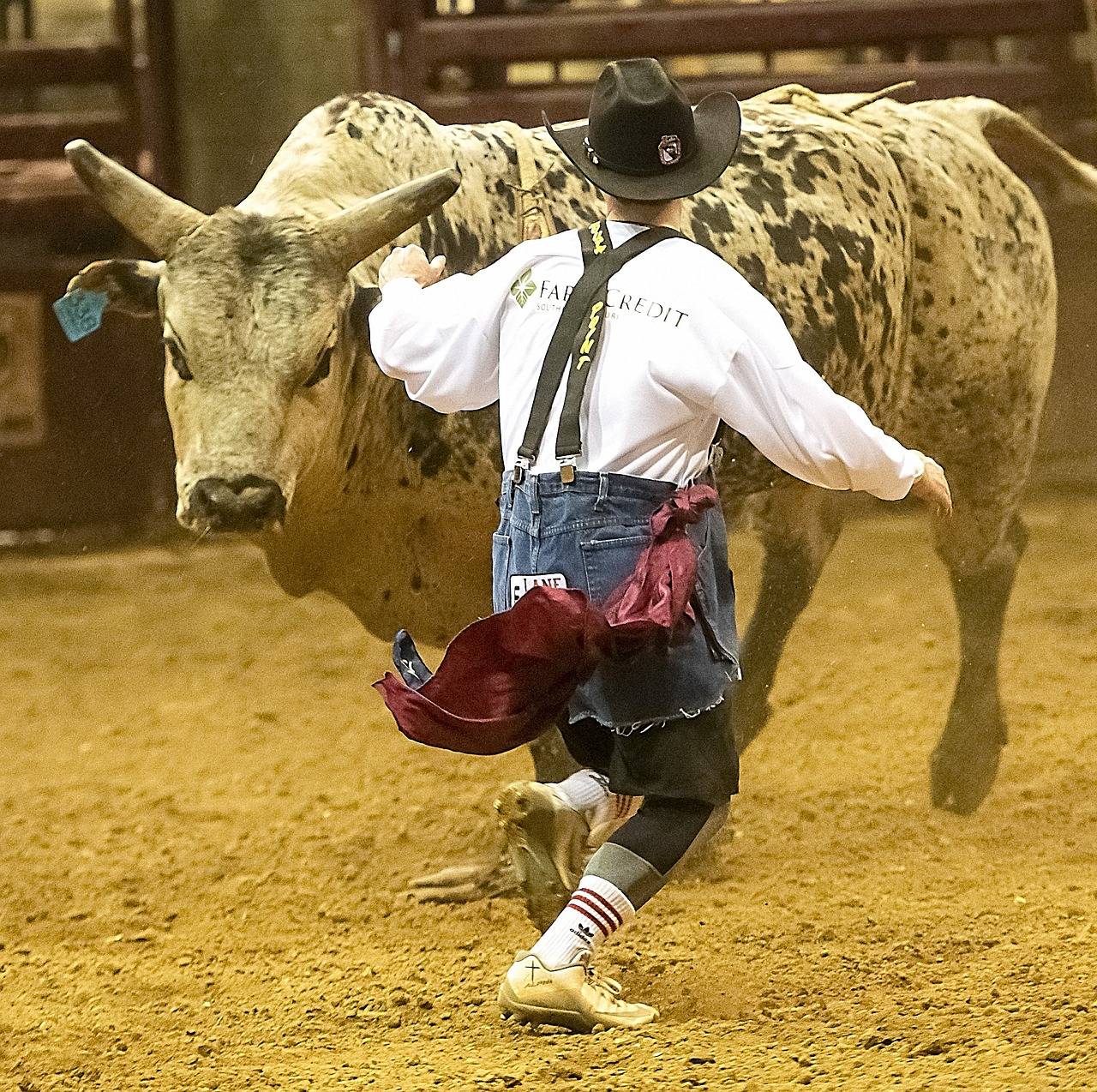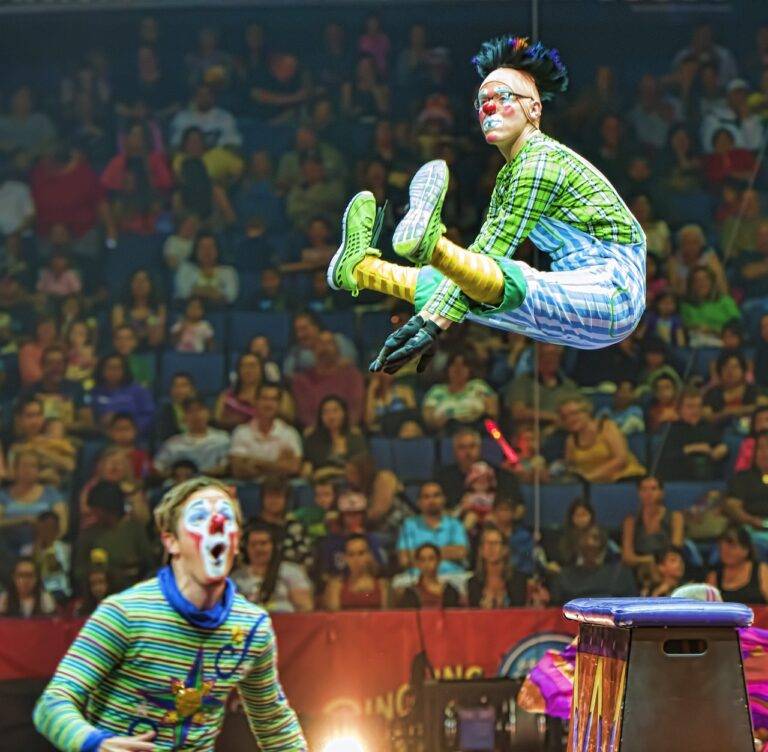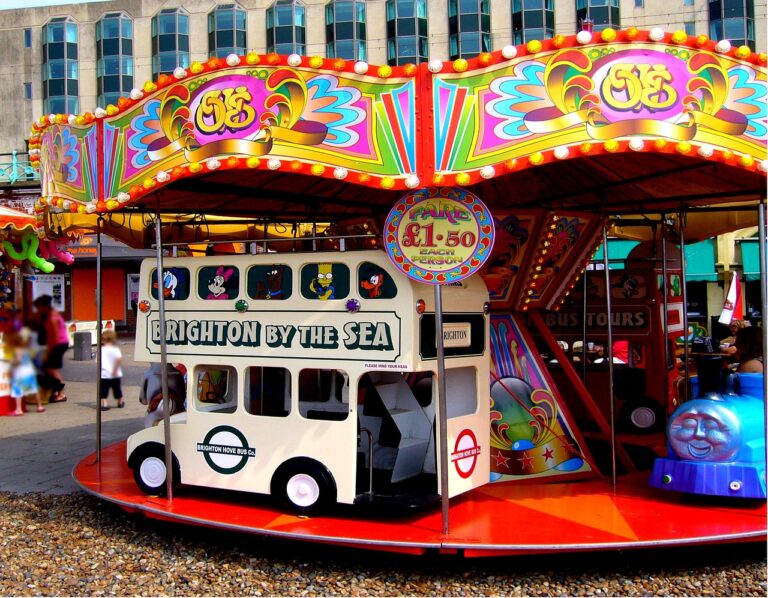The Art of Cinematography in Virtual Reality: Navigating 360-Degree Spaces
Virtual reality (VR) filmmaking is a cutting-edge form of storytelling that immerses the viewer in a digital world. Unlike traditional filmmaking, VR allows the audience to actively engage with the narrative and explore the environment as if they were physically present within it. This innovative medium opens up endless possibilities for filmmakers, enabling them to create immersive experiences that blur the lines between reality and fiction.
One of the key components of VR filmmaking is the use of 360-degree cameras to capture scenes from every angle. This technology allows viewers to look around and explore the virtual world in a way that mimics real-life interactions. By placing the audience at the center of the action, filmmakers can create a sense of presence and agency that enhances the overall viewing experience.
Exploring the Impact of 360-Degree Spaces on Storytelling
One of the most intriguing aspects of utilizing 360-degree spaces in storytelling is the immersive experience it offers to the audience. By placing viewers within a fully interactive environment, filmmakers have the opportunity to create a more sensory and engaging narrative. This kind of storytelling allows the audience to feel as though they are an active part of the story, rather than passive observers.
Furthermore, the use of 360-degree spaces opens up a wide range of creative possibilities for filmmakers. They can explore new ways to guide the audience’s attention and manipulate their perception of the story by incorporating elements that surround viewers entirely. This method challenges traditional storytelling techniques, encouraging creators to think outside the box and experiment with innovative ways of conveying narrative content.
What is virtual reality filmmaking?
Virtual reality filmmaking is a technique that uses VR technology to create immersive storytelling experiences for viewers. It allows them to feel like they are actually inside the story being told.
How does virtual reality impact storytelling?
Virtual reality has the power to enhance storytelling by creating a more immersive and engaging experience for viewers. It allows them to explore 360-degree spaces and feel like they are part of the story.
What are some examples of virtual reality storytelling?
Some examples of virtual reality storytelling include interactive games, 360-degree videos, and VR films that transport viewers to different worlds and allow them to interact with the environment.
How can filmmakers use 360-degree spaces to enhance storytelling?
Filmmakers can use 360-degree spaces to create a more immersive and interactive storytelling experience for viewers. By allowing them to explore the environment from different angles, filmmakers can engage viewers in a whole new way.
What are the challenges of using virtual reality in filmmaking?
Some challenges of using virtual reality in filmmaking include the high cost of equipment, the need for specialized skills, and the potential for motion sickness in viewers. However, as technology advances, these challenges are becoming easier to overcome.





